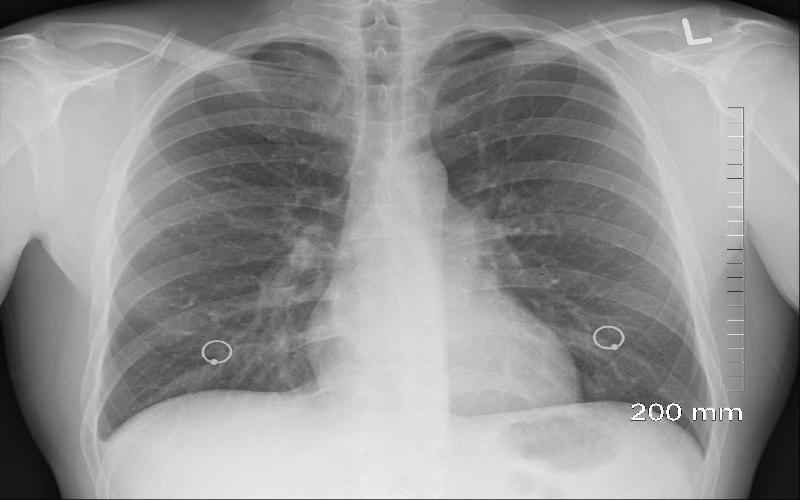Symptoms of Legionnaires Disease and Treatment for Legionnaires Disease


A form of atypical pneumonia, Legionnaires’ disease can develop due to any type of Legionella bacteria. This article shares a detailed insight on things you need to know about Legionnaire's disease including symptoms, causes and treatment available.
Legionellosis is a lung disease that differs in severity caused by the bacterium Legionella pneummophilia. Individuals are affected by legionellosis due to fine particles of aerosol that are inhaled through contaminated water sources. These tiny aerosols are invisible to the eye and can be inhaled straight to the lungs causing different forms of Legionnaires’ disease. It occurs in two distinctive forms.
The mild form of respiratory infection is known as Pontiac fever whereas the potentially threatening form of the disease is called Legionnaires’ fever, also known as ‘Legion fever’. Although a person affected with Pontiac fever can recover without treatment being administered it is important to diagnose and detect legion fever at an early stage. Antibiotics need to be administered immediately if an individual is suspected with Legionnaires’ fever.
The name Legionnaires’ disease came into being after an outbreak of pneumonia that affected people attending a convention in Philadelphia called the ‘American Legion’ on July 1976.
Although outbreaks of Legionnaires’ disease have garnered significant attention from media circles, this disease is also associated as an occurrence with singular and isolated cases not relating to an outbreak.
Although this disease does occur throughout the year in different countries, it is usually at its peak during autumn and summer. If related to an outbreak the death rate due to this disease stands between 5 and 30 percent. Infected water through sources such as spraying fountains, large air conditioners, room humidifiers, showers, and hot water systems can cause outbreaks of legionellosis.
Individuals develop legionellosis when minute aerosol particles inhaled by them contain legionella bacteria. Contaminated water sources through mist producing devices such as heaters and large air conditioners at a hospital, workplace, or public places can affect individual with low immunity. The symptoms of Legionnaires’ disease may differ among individuals, however, symptoms that occur commonly are tiredness, loss of appetite, headache, muscle ache, joint pain, cough, fever and diarrhea and vomiting in some cases.
In most cases individuals with Pontiac fever recover without treatment, they do experience mild fever and joint pains but do not develop pneumonia. Individuals with Legionnaires’ disease need to be administered with antibiotics immediately and are prone to pneumonia. Chest X-rays of individuals of individuals suffering from Legionnaires disease often reveal the presence of pneumonia.
Although this disease is not restricted to a particular age group, the number of cases is high among older people. Individuals with lung diseases and cigarette smokers are at a high risk of acquiring this disease. Individuals with HIV, cancer, and diabetes are also at a high risk of acquiring this disease because of their weakened immune system. The chances of complications arising are significantly high among individuals who are suffering from another disease before the onset of legionellosis.
Legionnaires disease treatment starts with diagnosis. Diagnosis of this disease is determined by sputum culture and urinary antigen test. Individuals with Legionnaires’ disease are administered antibiotics such as erythromycin, doxycycline and/or Tetracyclines and other similar drugs which have proven effective in treatment. Mortality rates are relatively low when individuals are given antibiotics at an early stage. A series of tests are required in order to diagnose the disease properly.
It is extremely important to get rid of skin oil as no one likes that extra layer of oil on their face which makes skin prone to acne and blemishes. There are many home remedies for oily skin as well as natural remedies available that help you control excess oil present on your face.
Decades ago, a neurological disease caught the attention of the media and the public. This is called Parkinson’s disease.
Vitamin B12 is a water soluble vitamin. It is one of the type of B vitamins ranging from B1 to B12.